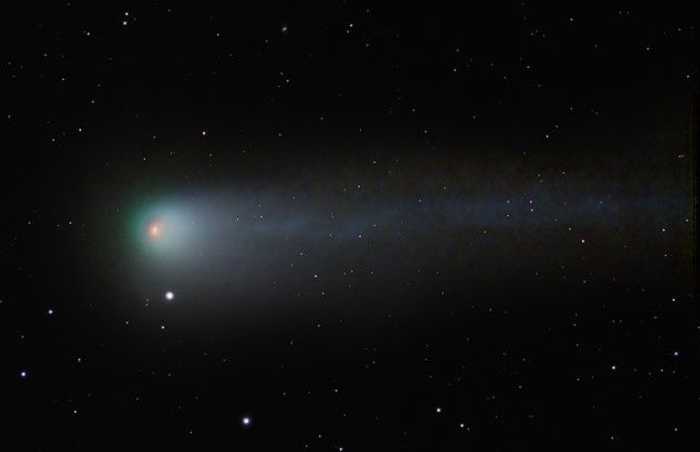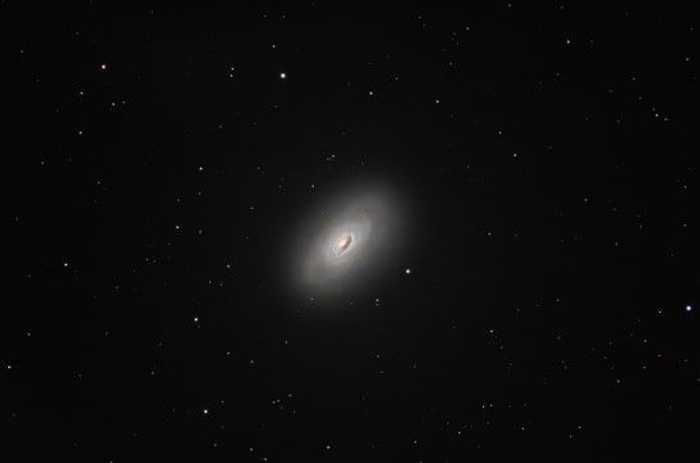Published 17:07 IST, September 2nd 2024
Astrophotographer Captures Stunning Image of Comet 13P/Olbers with The Black Eye Galaxy
Astrophotographer Greg Meyer captured a stunning image of Comet 13P/Olbers alongside the Black Eye Galaxy under challenging conditions.
- Science News
- 3 min read
In a remarkable feat of astrophotography, Greg Meyer managed to capture an awe-inspiring image of Comet 13P/Olbers zipping through space alongside the Black Eye Galaxy (M64). "I had only 1 night to grab this shot, and only about 1 hour to do it. It was sinking fast below the horizon after sunset," Meyer shared with Space.com.
Meyer was operating his telescope remotely from the Starfront Observatory near Brady, Texas, a setup he had established just six weeks prior to the capture on August 25. Despite the newness of the experience, Meyer successfully adapted to the situation. "I was quickly making changes on the fly in N.I.N.A. to frame it and rapidly grab sequential RGB using my mono camera," he explained. Thanks to the dark skies at the observatory, Meyer managed to capture the comet just 12 degrees above the horizon.
Comet 13P/Olbers, currently traveling through the depths of our solar system, remains visible with binoculars or a small telescope. However, enthusiasts should act quickly, as it won’t be around for much longer. The comet made its closest approach to Earth on July 20, coming within 176 million miles (283 million kilometers) of our planet. Its next close approach is not expected until 2094.
Named after German astronomer Heinrich Olbers, who discovered it in 1815, Comet 13P/Olbers is classified as a "Periodic" comet, with an orbit shorter than 200 years. It was the 13th comet to receive this classification.

The Black Eye Galaxy, located around 17 million light-years away in the constellation Coma Berenices (Berenice's Hair), is another impressive target captured in the same image. The galaxy's distinct dark band of dust, which sweeps across one side of its nucleus, gives it its name. Interestingly, the galaxy exhibits unusual internal motion, with gas in its outer regions rotating in the opposite direction from the gas and stars in its inner regions—a phenomenon believed to result from a merger with another galaxy over a billion years ago.
For the technically inclined, Meyer used a range of equipment for this capture, including an Esprit 120mm telescope with a focal length of 840mm, a QHY 268M camera, and an Ioptron CEM 70 mount. The capture was further enhanced using Pixinsight, Photoshop, and Lightroom.

Astrophotography enthusiasts can explore more of Meyer’s impressive work on his Astrobin account. For those inspired to try their hand at photographing the night sky, resources such as guides for beginners and recommendations for the best cameras and telescopes for astrophotography are available.
Never miss a night sky sight again with our night sky tonight page and monthly skywatching calendar.
Updated 17:07 IST, September 2nd 2024